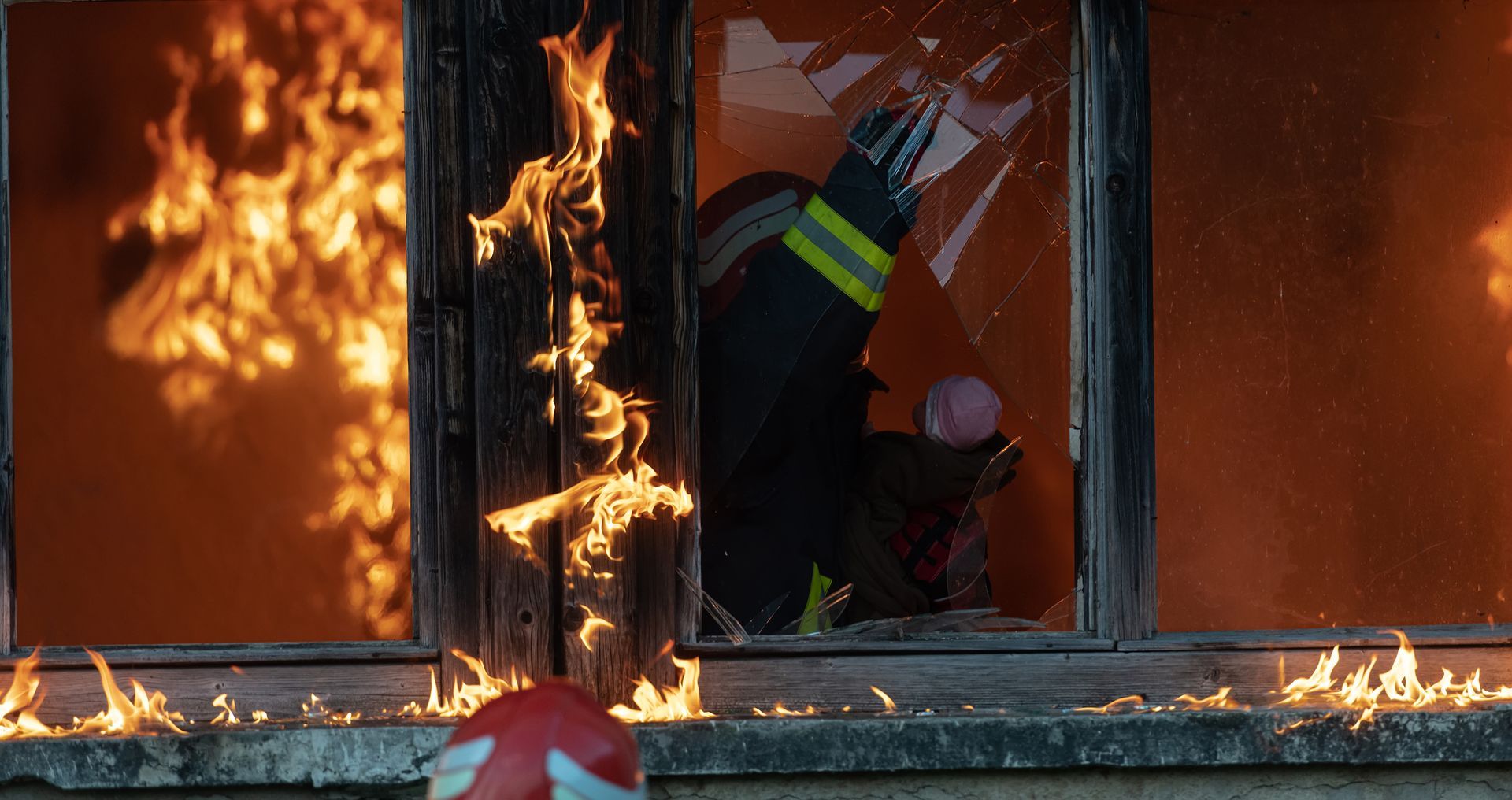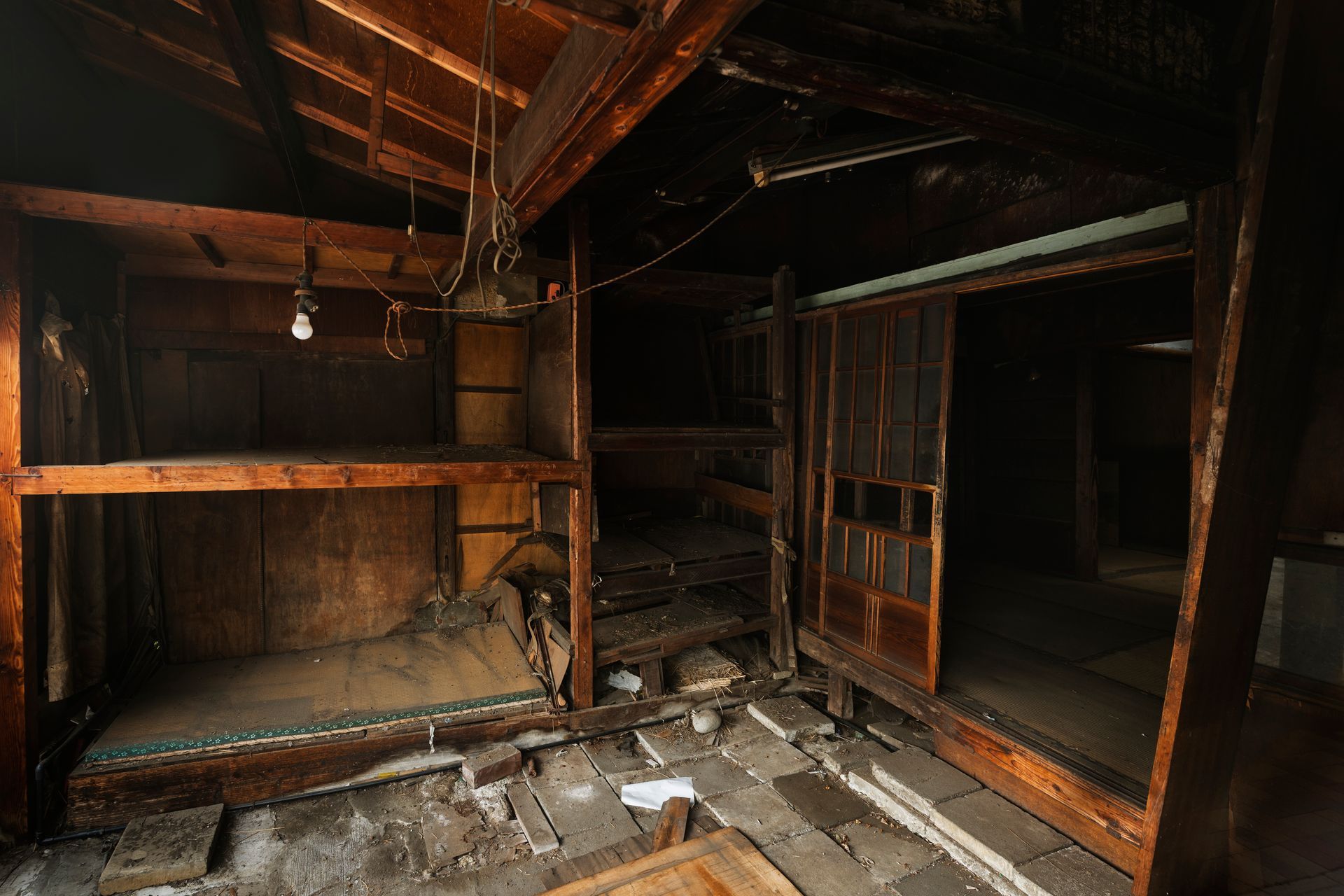Introduction: Understanding Fire Damage Restoration
Fire can be both a devastating and transformative experience for homeowners and businesses alike. When flames engulf a property, leaving behind charred remains and smoke damage, it can feel like an uphill battle to restore what was lost. Fortunately, technology has significantly changed the landscape of fire damage restoration, making recovery faster, more efficient, and ultimately more successful. In this article, we will explore how advancements in technology are transforming the fire restoration process in Denver, CO, and beyond.
What is Fire Restoration?
Fire restoration refers to the process of repairing and restoring properties that have sustained damage due to fire incidents. This includes not just removing debris but also addressing smoke damage, water damage from firefighting efforts, and restoring personal belongings.
The Importance of Fire Restoration Services
Why is fire restoration vital? Beyond mere aesthetics, effective fire restoration ensures safety and prevents further deterioration of the property. It’s crucial to engage professionals who understand fire dynamics and have the tools necessary for thorough restoration.
How Technology is Changing the Landscape of Fire Damage Restoration
Modern technology is leading a revolution in fire damage restoration. From advanced equipment to digital monitoring systems, these innovations are making it easier for companies specializing in fire restoration Denver, CO to offer better services.
1. Advanced Detection Systems
Smoke Detectors with AI Capabilities
Most homes already have smoke detectors installed; however, new models incorporate artificial intelligence (AI) that can differentiate between various types of smoke. This early detection aids firefighters in responding faster—minimizing potential damage.

Thermal Imaging Cameras
These cameras can detect heat signatures Fire restoration even through walls or ceilings. They enable restoration professionals to locate hidden hot spots that could reignite after extinguishing a fire.
2. Robotics in Fire Cleanup
Drones for Assessment
Drones equipped with high-resolution cameras provide aerial views of affected areas. They help assess structural damages quickly without putting human lives at risk.
Robotic Vacuum Cleaners
These robots can navigate hazardous environments while cleaning soot and debris—allowing human workers to focus on more complex tasks.

Emerging Technologies in Fire Damage Restoration
As technology continues to evolve, so do the methods used for restoring fire-damaged properties.
3. Moisture Detection Tools
Moisture Meters: These devices measure moisture levels in materials like wood or drywall—critical after firefighting efforts often lead to water damage.
Infrared Technology: Infrared moisture meters provide extensive data on moisture content without damaging surfaces.
4. Air Scrubbing Technology
Air scrubbing machines remove contaminants from air circulation within a building post-fire incident. They are essential in ensuring that residents return only when it's safe.
Digital Management Systems for Fire Restoration Companies
With the rise of software solutions tailored specifically for disaster recovery agencies, managing projects has never been easier.
5. Project Management Software
Streamlined Communication: Tools like Asana or Trello enable teams to coordinate effectively during restorations by assigning tasks and tracking progress.
Data Analytics: Companies can analyze past restoration projects to glean insights into efficiency improvements and resource allocations.
6. Customer Relationship Management (CRM)
A robust CRM system helps fire restoration companies manage customer interactions seamlessly—from initial contact through post-restoration follow-up—ensuring client satisfaction remains high throughout the process.
Innovative Techniques Impacting Fire Damage Restoration
Innovation isn't limited just to tech gadgets; it's also about methodologies that enhance overall effectiveness during restorations.
7. Eco-Friendly Practices
Green Cleaning Agents
Using biodegradable cleaning agents minimizes environmental impact while effectively removing soot and odors from surfaces after a fire incident.
Sustainable Materials
Restoration professionals increasingly rely on sustainable materials when rebuilding structures—this not only aids in environmental conservation but also promotes health consciousness among residents returning home after a disaster.
Insurance Claims Processing Made Easier Through Technology
Managing insurance claims can be tedious—but modern technology is easing this burden considerably!
8. Digital Documentation Tools
Taking pictures before starting work allows companies to create evidence-based reports that expedite claims processing later on!
9. Online Claim Submissions
Many insurance providers now allow customers to submit claims online using mobile applications—this feature significantly speeds up claim approvals!
Training & Education Through Virtual Reality (VR)
Technology isn’t just impacting tools; it's changing how professionals learn new techniques as well!
10. VR Training Programs for Fire Restoration Workers
Virtual reality provides immersive training environments where new employees can practice skills safely before entering real-world situations—a game-changer for mastering tricky scenarios!
Artificial Intelligence Enhancing Decision-Making Processes
Machine learning algorithms are increasingly being utilized in decision-making processes across industries—including fire restoration!
11. Predictive Analysis Tools
Using data gathered over years allows AI systems to predict potential future issues based on historical trends—which can greatly inform proactive strategies during restorations!
FAQs About Fire Damage Restoration
1. What should I do immediately after a fire?
After ensuring everyone is safe, contact your local authorities and then call a professional fire restoration company Denver CO specialized in handling such incidents promptly!
2. How long does the fire restoration process take?
The duration depends on several factors including extent of damage; however, most restorations may take anywhere from days up until several weeks depending upon complexity involved!
3. Will my insurance cover all costs associated with fire damage?
Most homeowners’ insurance policies cover some form of damages caused by fires; however specific coverage details vary widely so consult your policy or agent directly!
4. Can I attempt DIY repairs after experiencing minor fire injuries?
While small repairs may seem manageable—it’s advisable against tackling significant damages alone! Consulting experienced professionals ensures safety alongside adherence regulations governing rebuilding efforts post-disaster!
5: How do I choose a reliable fire restoration company?
Look for certified firms with positive reviews online coupled with extensive experience handling similar scenarios within your area—for instance seeking out reputable “fire damage Denver CO” specialists could yield fruitful results here too!
6: Is it safe to return home after cleanup?
Only return once clearance has Fire Restoration Contractor been granted by local authorities confirming structural integrity alongside absence hazardous conditions lurking unseen—safety first always!
Conclusion: Embracing Change for Better Outcomes
In conclusion, it’s clear that technology is changing the landscape of fire damage restoration dramatically! From advanced detection systems through eco-friendly practices—these innovations not only enhance efficacy but also promote safety throughout entire processes involved here!
For those facing tragedies related fires—turning towards seasoned experts utilizing cutting-edge tools available today serves as reassurance amidst chaos while paving smoother paths ahead towards recovery journeys tailored specifically around individual needs encountered along way!
So whether you're dealing with flames firsthand or simply curious about industry shifts happening around us—we hope this article sheds light upon numerous facets transforming realm “How Technology is Changing the Landscape of Fire Damage Restoration.”